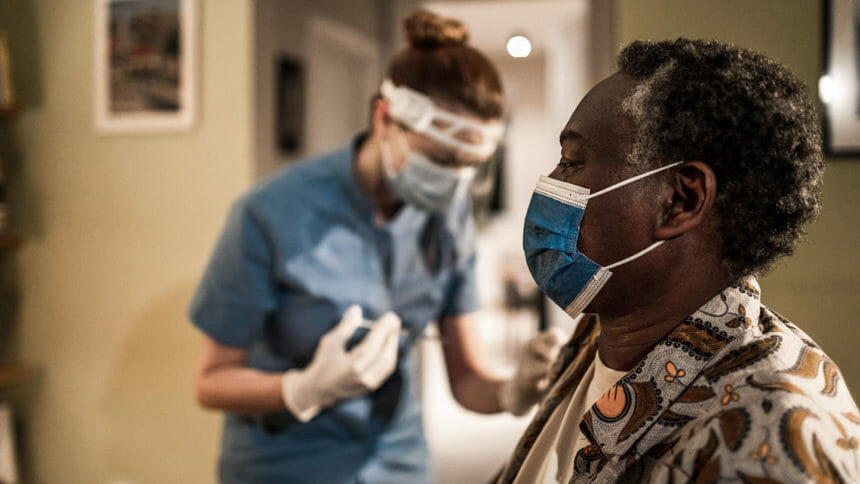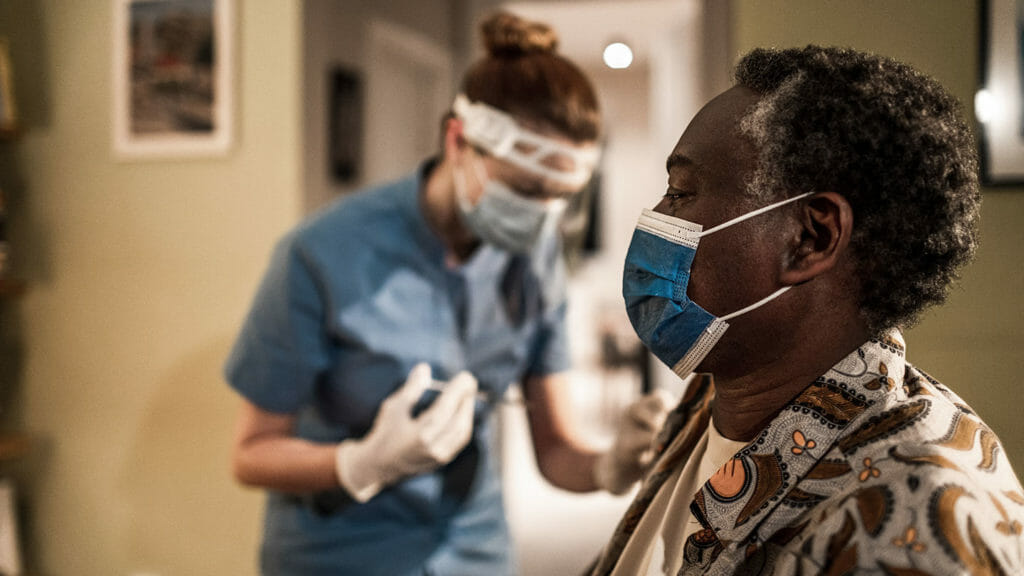

A Colorado-based long-term care operator was able to halve caregivers’ time spent measuring vital signs after integrating new machinery into its electronic health records system.
“This is a win-win for the residents and the caregivers. A win for the residents who receive better quality of care [and] timely care,” said Jayne Keller, chief operating officer for Christian Living Communities.
“It’s a win for the caregivers who work in our profession because they feel valued and appreciated and they’re not machines,” she added.
Keller detailed the company’s journey to implement its new EHR system through PointClickCare, along with a host of its time-saving technologies, during a presentation Tuesday at LeadingAge’s 2022 Collaborative Tech Summit. The session focused on efficiencies gained from using health technology correctly.
Christian Living Communities this year continued its 10-year adaptive journey with its EHR and added new vital sign machines and scales — items that are available to any provider — that automatically upload correct patient information, Keller said. The PCC platform allows for medical device integration into the EHR system.
She said prior to COVID-19, caregivers would manually take resident vitals twice a day. That increased to three times per day at skilled nursing and other long-term care facilities once the pandemic hit. Outbreaks at a facility would force it to be even more often.
“Every time you take a full set of vitals without this integration, it takes up to nine minutes per resident. You multiply that by six or eight residents in skilled nursing or long-term care, or 10 to 15 residents in assisted living, it really adds up,” Keller said.
Caregivers would then manually put the information into the EHR to document the information, which sometimes led to mistakes and inconsistencies, she added.
The use of remote monitoring technology and its integration into EHR platforms used outside of hospitals was a notable COVID-era development, researchers have noted previously. Though PCC’s platform was used in this case study, other software and EHR service vendors are continuing to expand functionality.
Christian Living initially invested in 18 vital sign machines and three weight scales to automatically upload information into the medical record instantly. The change has “drastically improved” consistency in documentation since its integration and has reduced the vitals process to 4.5 minutes per resident, Keller said.
“These are not savings in dollars. We’re not reducing staff time,” she said. “We’re reducing the burden on our team members’ documentation and all of the time [spent] to do some of these mechanical things when really what they want to do is care for people.”





